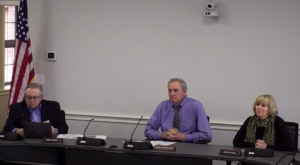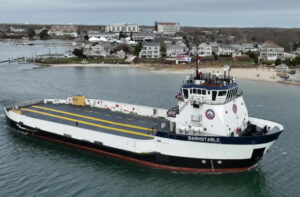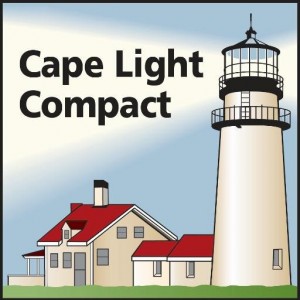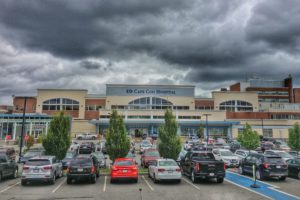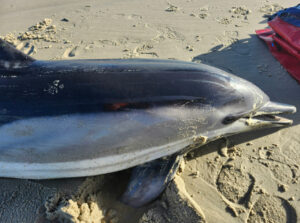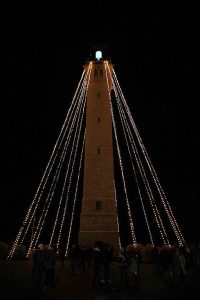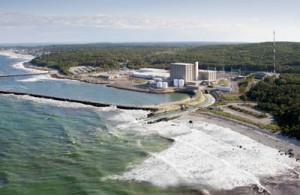
COURTESY PILGRIM NUCLEAR POWER STATION
Updated April 25, 2023: This story and headline has been updated with comments from Holtec International Director, Government Affairs and Communications Patrick O’Brien.
PLYMOUTH – As Holtec International continues to pursue permit modifications that would allow it to discharge wastewater from Pilgrim Nuclear Power Station into Cape Cod Bay, environmental advocates are examining the company’s expected project timelines.
Association to Preserve Cape Cod Executive Director Andrew Gottlieb said that the company has made filings with the Nuclear Regulatory Commission that would add four years to the decommissioning timeline before release of the site to redevelopment.
“Unbeknownst and unreported to the Nuclear Decommissioning Citizens Advisory Panel, they filed a compliance report with the Nuclear Regulatory Commission that tacked on another 4 years,” said Gottlieb.
“We need to be able to spend our time holding their feet to the fire and holding them to their obligation on all of the matters associated with the decommissioning, not just this.”
Gottlieb is a member of the advisory panel.
Holtec International Director, Government Affairs and Communications Patrick O’Brien said in an April 24 email to CapeCod.com that the timeline is still within requirements.
“Decommissioning is allowed for up to 60 years. Our original 8 year timeline for 2027 has been slowed to 12 years and a target of 2031, still 48 years ahead of the allowable time frame per the NRC,” wrote O’Brien.
“We are required by 3/31 every calendar year to update the annual financial report to the NRC and discuss the finances of the project and where we are for our timeline. If anything changes, this is when it is reported. We did report that the projected timeline for completion of partial site release for Pilgrim is moving from 2027 to 2031 for the factors listed below. I know this was shared with the NDCAP, including Mr. Gottlieb by the vice chair once it was submitted to the NRC.”
O’Brien listed the following factors for “milestone extensions”:
- Optimizing market conditions, including the effects of escalated inflation and labor, and preserving NDT fund growth by flattening the schedule and cost curves.
- Ongoing site-specific characterization in support of potential free release of materials and waste minimization, specifically in the reactor and turbine buildings. The RPV segmentation activities are aligned to coincide with the demolition of the reactor building. The movement of RPV segmentation activities maximizes efficiencies associated with waste management, reactor building characterization efforts, and contractor resource allocation.
- Uncertainty associated with the projected timeline of the Pilgrim NPDES permit modification process.
- Additional evaluation of Reactor Pressure Vessel (RPV) segmentation options based on industry lessons learned and innovative technologies.
The Association recently unveiled its legal defense against Holtec discharging wastewater from the station into Cape Cod Bay: the 1971 Ocean Sanctuaries Act which prevents discharge of industrial waste into the Bay.
Gottlieb and the association’s legal team say that Holtec does not qualify for an exemption from the act, and are calling on Governor Maura Healey to respond to the issue.






